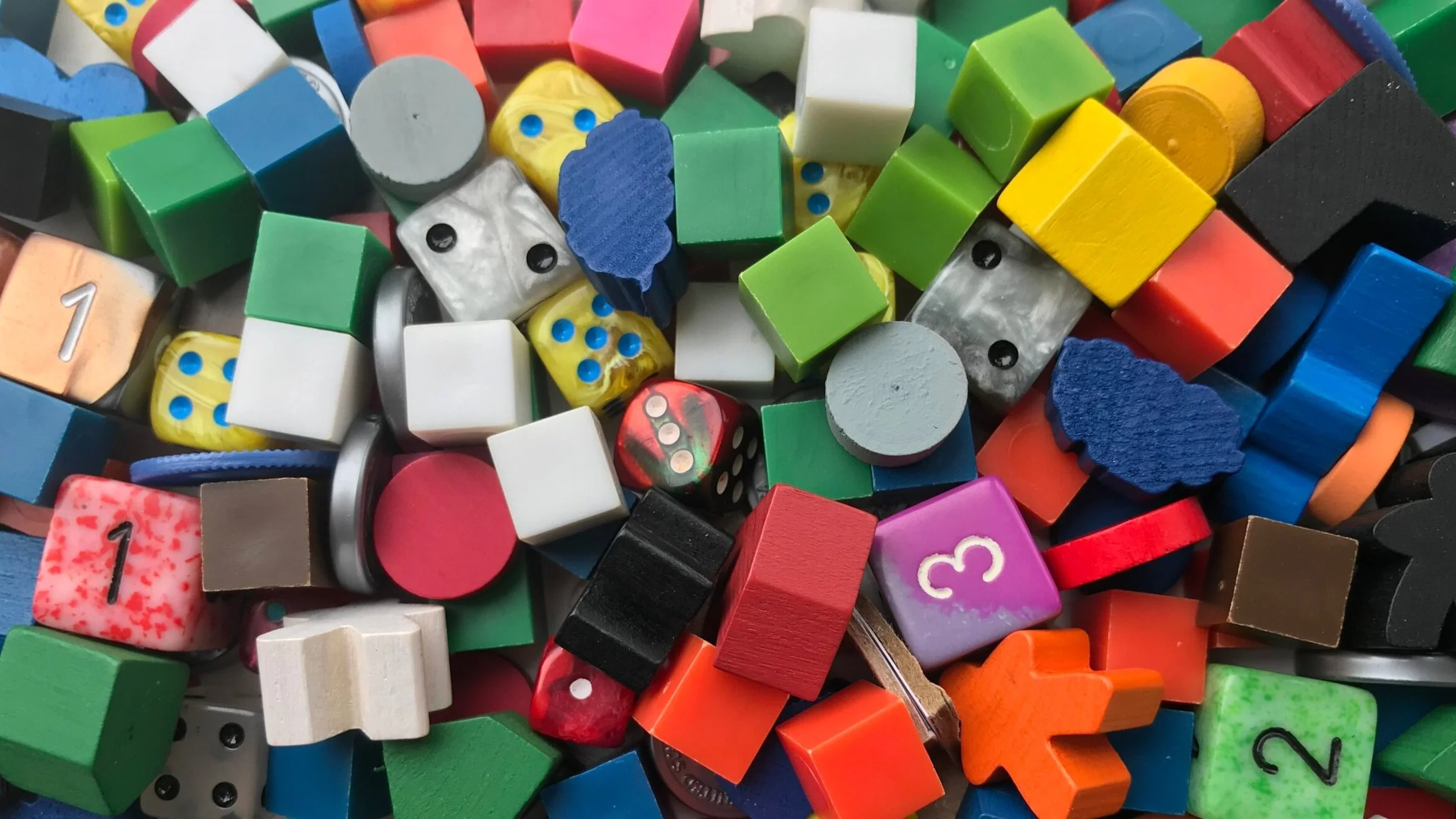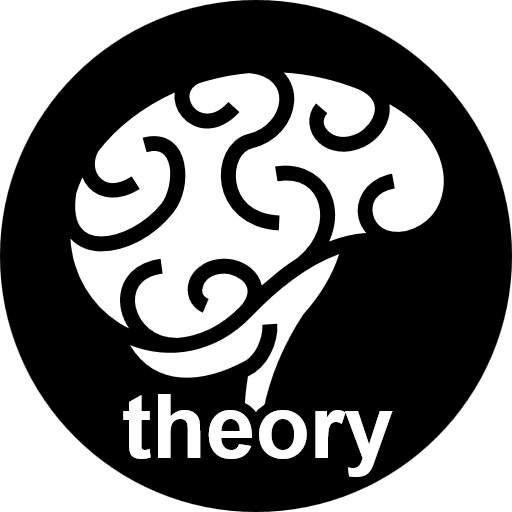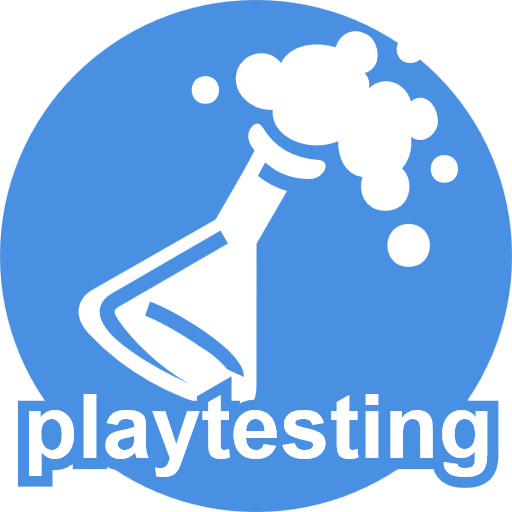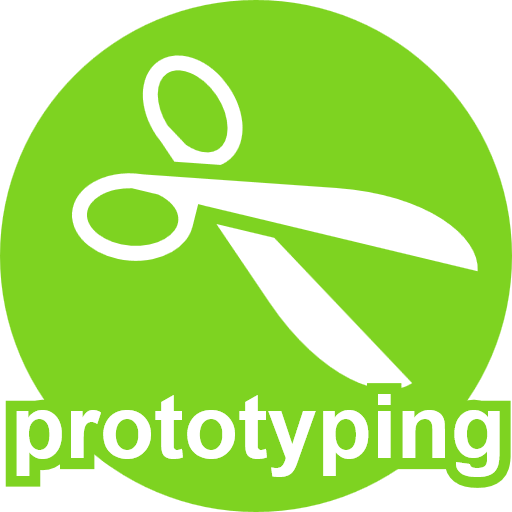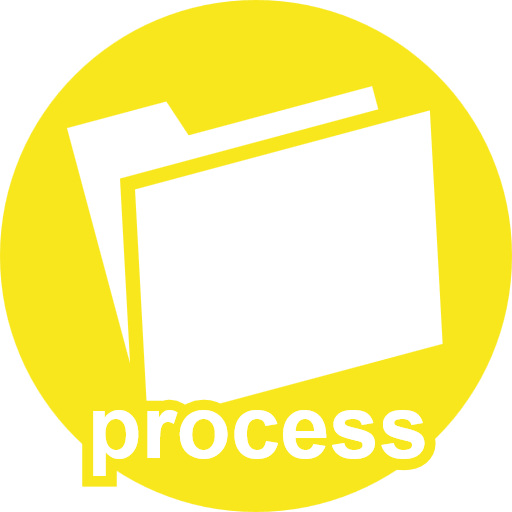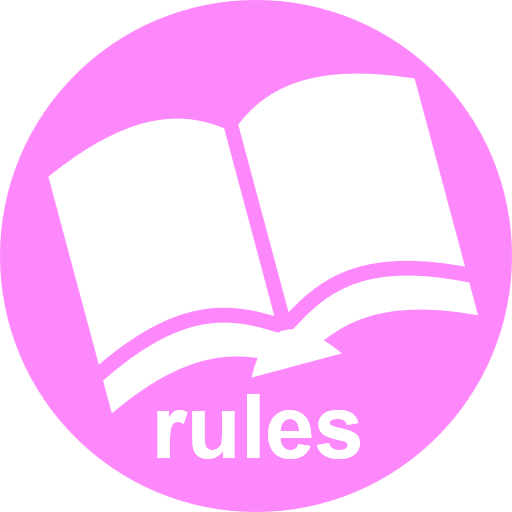The Process: Pleasant Dreams by Aerjen Tamminga
/In The Process, board game designers walk us through the process of creating their game from start to finish, and how following their path can help others along theirs.
In this installment, Aerjen Tamminga describes how he created Pleasant Dreams, including rapid prototyping, running hundreds of playtests, finding and working with partners, and more.
Process
Pleasant Dreams got its start when I decided to take the Game Design course at MIT. In this course students form groups to work on several game design projects over the course of the weeks. Since I was working full time as a psychology researcher at Harvard, it was recommend that I shouldn’t join a group but make a solo project instead.
I already knew that I really wanted to do something with dreams, but I didn’t have any fully formed ideas. After going through a series of brainstorming exercises I ended up with a goal for an initial prototype: create how you can move through a dream.
In the first five minutes, I “accidentally” designed a ridiculously overly complex game. I put “accidentally” between quotes, because I feel that most (budding) game designers tend to make their games overly complex. At least that’s what I believe after having been involved in the curation process for the Boston Festival of Indie Games, where several hundreds of games are reviewed each year.
Fortunately I recognized that something was going wrong and asked advice from the lecturer, Philip Tan. He responded to my concerns by asking me what I was actually trying to do. Create a mechanic for dream movement that evokes a feeling of increasing suspense. Right, that's something that maybe doesn't need 10 pages of rules. With that I was back on track again and started using the push-your-luck (with insider knowledge) mechanic.
Overall the whole course has been very instructive, but there were a couple of moments that definitely stood out for me. When Rob Daviau attended as a guest lecturer and played my game, he advised me to reduce the difficulty level. Originally, you’d only win once out of every five games. Now, if you play smart, you can win most of the time. For the second edition I want to change this up again, which is why I am trying to create more challenges for solitaire play.
Another great moment was when Zac Hill gave a guest lecture. We actually became friends and his advice and encouragement has helped me keep moving the game forward.
The last session of the class was a day of blind playtesting. I had an amazing time when I watched two students play the game time after time again where one player actually beat the other eight times in a row. That, for me, was great on many levels. Next to seeing people learn the game from the rules, it showed that, even though the game has a push-your-luck element, tactics still matter. It also revealed that the game is engaging enough to want to keep playing even if you’re losing.
- The Takeaway: Ask yourself what you want your game to achieve and really hone in on that aspect in the design. Simpler is often better.
Theory
In the game the players are in a deep sleep and are sharing a dream; their mind is filled with Pleasant Dreams. As the night wears on, dream fragments conspire to lead them on a nightmarish journey. When bliss twists into terror, will the players succumb to shock or sustain their slumber?
Players get to stack the deck in an attempt to control their fate and overcome the horrors that lie within this competitive dreaming game. They will either pleasantly dream their way to victory or wake up screaming!
The idea I was playing with is how it feels when a pleasant dream slowly turns into a nightmare. One of the things that I remember from having nightmares is that pleasant elements from a dream can turn up at a later time, but in a twisted manner. To emulate this, there are teddy bear cards in the game with different backs. The backs can be relaxing, unpleasant or scary which represents the unpredictability in dreams.
For me, dreams are all about the mind and how the mind works. This is why I wanted to have a game mechanic that is tied to figuring out how the other player thinks. This is done by allowing an active player to return dream fragments back into the dream (i.e. the shared draw pile). They do this by secretly stacking the deck, and the better they’re able to predict their opponent, the more they’ll be able to manipulate the dream in their favor.
Looking back, I am proud of this mechanic. At the same time it is one of the hardest things to explain in a written rulebook. I’ve noticed that when demoing the game in person or when people get it, they usually have fun with the game. I’ve also seen people not (fully) understand it and have a horrible time. Even after blind playtesting the game multiple times and working with professional editors this was a hard thing to tackle. For this reason I will be rewriting the rulebook for the second edition.
I often see that once players latch on to the underlying concept that they start changing their strategies. In the beginning they often play Pleasant Dreams as a pure push-your-luck game and stack the deck close to the top. Later on they figure out that while push-your-luck is an important element that it’s actually a race to the finish. It’s all about manipulating the endgame. The first player that finishes the dream (i.e. deck) while still asleep wins the game. If you play correctly you should almost always be able to finish the dream. Then it all comes down to how you’ve stacked the bottom of the deck and whether you can control who can and should draw the last cards.
To add more variability to the game, I created a series of action cards that can be used to influence the dream and the way the game works. The action cards can both be used for players that are just playing casually and players that are into manipulating the endgame. The better you understand the way the action cards interact with the game and each other, the better you’ll be able to strategize.
The Takeaway: If you create a new mechanic, make sure that your rulebook helps people grasp the concept well enough.
Prototyping
I believe that prototyping is to game design as breathing is to life. A prototype is a rough first version of your game and as soon as an idea is born I immediately start creating one. I like to think of prototyping in terms of three stages of complexity or focus, which I’d like to elaborate on while sharing how this translates to the development of Pleasant Dreams.
Stage 1: Minimum viable prototyping. Here I usually grab some sharpies and index cards, throw together a bunch of things, play and figure out what I do or don’t like. Rinse and repeat. In this stage I like to focus on mechanics first and “spark” second. In Pleasant Dreams this is exactly what I started out with. I cut a bunch of index cards in two and used a sharpie to write the card info on them.
One best practice I learned while attending the MIT course on game design (check out their Open Course Materials) is to write out every step of the game on a separate index card. This way it’s easy to switch around the order of a turn, switch out rules and keep track of what’s working best. I try to stay away from fine-tuning in the initial stages and make rough adjustments (e.g. multiply resources x2) to figure out how they affect my game system. In Pleasant Dreams that meant playing around with card distribution until the game length seems to work best. This way I found that a longer game doesn’t increase tension, it feels repetitive instead. Adding +3 wakefulness instead of just +1 and +2 meant that players will start playing almost exclusively in a very defensive way.
When I feel I have something that’s working reasonably well (not perfect) I go and take it to the streets! If after some serious playtesting I find myself with a game that seems pretty interesting and has some spark to it, I feel ready for stage 2.
Stage 2: Lo-fi prototyping where the focus is on usability. Here’s where I start adding some simple graphics to my cards/board. Great sources for these are http://game-icons.net/, http://thenounproject.com/ and http://all-silhouettes.com/. For Pleasant Dreams I used some Halloween vector images I found on the All Silhouettes site. In this stage I also tested a single-sided card design but found that they decreased the sense of control that players had.
What I look for is anything that helps players (users) intuitively understand what’s going on in the game. By the way, if you’re interested in understanding more about design, I can recommend reading the book The Design of Everyday Things. If you’re wondering about what software to use, I prefer using Adobe Illustrator, but basically any vector-based program works well. Inkscape is a free open-source alternative. When working from pen/ink sketches you might prefer something like Photoshop or its free open-source alternative Gimp. Creating card sheets, I use InDesign, and as a free alternative you might want to try out Scribus. Daniel Solis has a great series on using InDesign on his Patreon page, which I can definitely recommend. At this stage I’m fine-tuning rules and looking to see whether they feel intuitive enough for players. When I’ve got my base iconography down and have a very polished game design I might be ready for the final stage.
Stage 3: Hi-fi prototyping where the focus is on aesthetics. I really don’t want to rush into this, because getting great art either costs time or money and often both. In the case of Pleasant Dreams I worked with Wayne Dorrington. He offered his services through BoardGameGeek, where I'm a frequent lurker. After seeing the work in his portfolio I immediately contacted him. We actually talked about three games: Ooh! (Out of Humans!), Leprechaun Slap and Pleasant Dreams. Working with him on Pleasant Dreams has been an amazing experience. When we first met I already had some ideas for the art I wanted to see, mostly based on the experience I wanted to bring across. He immediately liked it and in the brainstorming it became even better.
In creating the art we used objects that people have an emotional connection with. Instead of using a lot of gore, we tried to make them subtly unpleasant although I must admit some of them ended up being decidedly unpleasant. Next to giving the art a vintage tarot look, we were were inspired by prior art such as the illustrations you can find in the original books of Alice in Wonderland and Jan Svankmajer’s 1988 surreal movie adaptation of the same story.
The Takeaway: It is impossible to start prototyping too early. It is possible to spend too much time on creating a prototype.
Playtesting
During all stages of development the game went through heavy playtesting. The fact that Pleasant Dreams also plays well as a solitaire game made things easier. Add a playtime of about five minutes to that and you can imagine how this is a game that was easy to test literally hundreds of times. In the beginning, playtesting was mostly at MIT and at home (solo and with my wife), but pretty soon I started bringing it to the Game Makers Guild too (a Boston-based group of indie tabletop designers). There I’ve done regular, blind and intensive playtesting sessions. Intensive playtesting sessions are ones when the same group of people play a game many times in a row, to see whether the game holds up after players get a deeper understanding of the tactics and strategy involved. What I enjoyed seeing is that this lightweight game actually allows for quite a variety of strategies that are dependent on your opponent.
Community
Being part of the game design community is, in my opinion crucial, when you want to design great games. Over the past few years I’ve gotten excellent advice from various people and want to highlight a couple of these:
The Game Makers Guild has provided resources, was my main source for playtesting, and the awesome members have given me a lot of encouragement for my project.
The people on BGDF have given me their thoughts on art and on a series of poems that were originally on all the cards.
BoardGameGeek was where I found the game’s illustrator, Wayne Dorrington.
MIT: Taking a course on game design was a great way for me to nudge myself out of my own game design habits. By taking a more focused approach to game design, I feel that I have become a better overall designer.
Boston FIG: Working intensively on the festival was an amazing experience for me. It got me many friends and connections in the game design industry (and actually my second contract proposal) and helped me look at games in a different way. Guess that evaluating the feedback for several hundreds of games leaves a mark. :)
Boston Indies: I’ve only been to one of their demo nights, when Pleasant Dreams already was in its final stage. I got an overwhelming amount of positive responses and some excellent food for thought.
Various game design-related Facebook pages (like this one or this one) have provided me with tons of information.
The Takeaway: Playtest, playtest, playtest. It’s the only way for your game to go from good to great.
Publishing
Working with the artist meant that we had a long Skype conversation at the start of our collaboration, brainstorming on the look and feel of the game and looking at prior art for inspiration. After settling on an initial idea, Wayne went to work. We went back and forth a lot on the design for the Bear. After we were both satisfied with the result, I gave him a list of themes to incorporate in the cards and he cranked out one after another. Below are a couple iterations of the Bear.
[The Kickstarter campaign ran during Easter, so I created several Easter eggs that were visible only during Easter. The video that is referred to is: Teddy has an operation.]
Before deciding on running a Kickstarter I did look into publishers, but I decided that I wanted to go through the entire process of publishing a game myself at least once. This way, I would be able to understand the industry that I want to work in better. At the same time, being new to this I did look for collaborators that could help me ensure things running smoothly.
To ensure a high-quality service when it comes to production and fulfillment I decided to collaborate with Mark Diaz Truman. Mark has run several successful Kickstarters for his own company Magpie Games and now provides services for other designers. Working with him was a great experience. He’s very knowledgeable and this made me feel more confident (and less stressed out).
When looking for a manufacturer, I decided to work with a U.S.-based company that has relations with manufacturers in China. This helped communications along, while still providing an affordable quote. Going into the Kickstarter I made sure I was familiar with their production requirements, timelines, payment schedules, communication methods and freight arrangements. In the end I did ship the game later than expected. This was mostly due to upgrading the box design after the Kickstarter was over. I received some feedback from backers that they weren’t very enthusiastic about the tuckbox design. This is why I decided to use some of the pre-order funds that I received through Backerkit as a way to pay for a telescoping box instead.
If I get into running the Kickstarter itself, this article will probably be at least twice as long. So let me just summarize and say it has been an amazing experience! Sometimes stressful, but all the time really rewarding in terms of community engagement. It did help that the game funded rather quickly too. :)
The Takeaway: Collaborating with someone you trust and who has already gone through the process of publishing before can help set your mind at ease. For me it was the difference of running a Kickstarter with a lot of stress versus with some stress.
About Aerjen Tamminga
I work as a game designer and as a COO in a mental health organization and I like to use my background in psychology when working on theme, art and usability in my games. When I'm not running experiments to figure out how humans work, I play games and try to figure out how humans work.
I've developed and taught several courses on game design and when living in the States I was one of the directors of the Boston Festival of Indie Games and was chair of the board of the Game Makers Guild.
My personal goal in life is simple: getting someone to smile. This is the driving factor behind the things I do; work and hobbies alike. When I work as a clinical psychologist, I try and make people happy. As a research consultant I hope to find out how to create more happiness in the world around us and as a game designer, first and foremost, I just want to see people have a good time with each other.
Cardboard Edison is supported by our patrons on Patreon.
ADVISERS: Peter C. Hayward, RetroIn Games, Aaron Vanderbeek
SENIOR INVENTORS: Steven Cole, John du Bois, Richard Durham, Koen Hendrix, Chris and Kathy Keane (The Drs. Keane), Marcel Perro, Behrooz Shahriari
JUNIOR INVENTORS: Ryan Abrams, Joshua Buergel, Luis Lara, Aidan Short, Jay Treat
ASSOCIATES: Robert Booth, Stephen B Davies, Danica E., Doug Levandowski, Aaron Lim, Nathan Miller, Isaias Vallejo, Matt Wolfe
APPRENTICES: Kiva Fecteau, Scott Gottreu, JR Honeycutt, Knight Works, Scott Martel Jr., Mike Mullins, Marcus Ross, Sean Rumble, Diane Sauer, Smarter Backer

